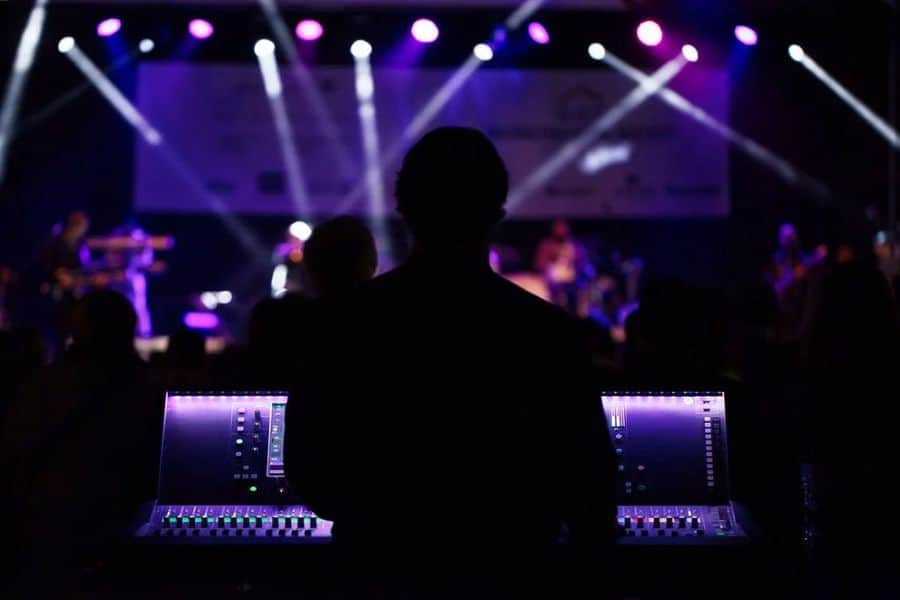Revolutionizing Audience Interaction Through Engaging VR Experiences within Live Performances
Revolutionizing Audience Interaction Through Engaging VR Experiences within Live Performances
Blog Article
In the past times, digital reality has emerged as potent instrument for enhancing audience engagement in live performances. Such innovation enables viewers to immerse themselves in a three-dimensional setting, creating a unique experience that traditional media cannot duplicate. By using VR, producers can transport audiences into the core of the action, making them feel as if they are part of the performance. This innovative method not just enchants audiences but also unlocks new opportunities for narrative and engagement.
A of the primary advantages of employing VR in real-time performances is the ability to create a more interactive experience. Viewers can interact with the show in the moment, shaping the outcome or exploring different perspectives. For example, in a theater production, audiences wearing VR headsets can select to follow particular roles or segments, enabling them to customize their experience. This level of interactivity fosters a deeper bond between the viewers and the show, rendering it even unforgettable and significant.
Additionally, VR tools can improve the sight and sound aspects of a live production. With high-quality graphics and sound engineering, creators can build breathtaking settings that draw viewers in. This immersive characteristic can elevate the overall experience, making it more engaging and enjoyable. For instance, a concert can be transformed into a multi-sensory experience, where fans experience as if they are on in front with the performers. Such enhancements not only attract bigger viewers but also promote return attendance, as viewers seek to relive the thrill.
Alongside improving audience involvement, VR can also offer insightful data for creators. Through examining how audiences engage with the digital setting, creators can collect information on audience preferences and actions. This data can inform future productions, helping to tailor content to better meet the demands and wants of the viewers. As a consequence, VR not just enhances the current experience but also contributes to the evolution of go to this web-site live performances as a complete entity.
With the advancements progressing to evolve, the possibilities for VR in live productions is vast. Ranging from stage shows and musical events to athletic competitions and celebrations, the possibilities are endless. Through embracing this innovative approach, creators can transform the way viewers engage with real-time entertainment. As more producers explore the incorporation of VR, it is likely that we will see a shift in how performances are designed and presented, eventually resulting to a greater immersive and participatory prospect for live productions.